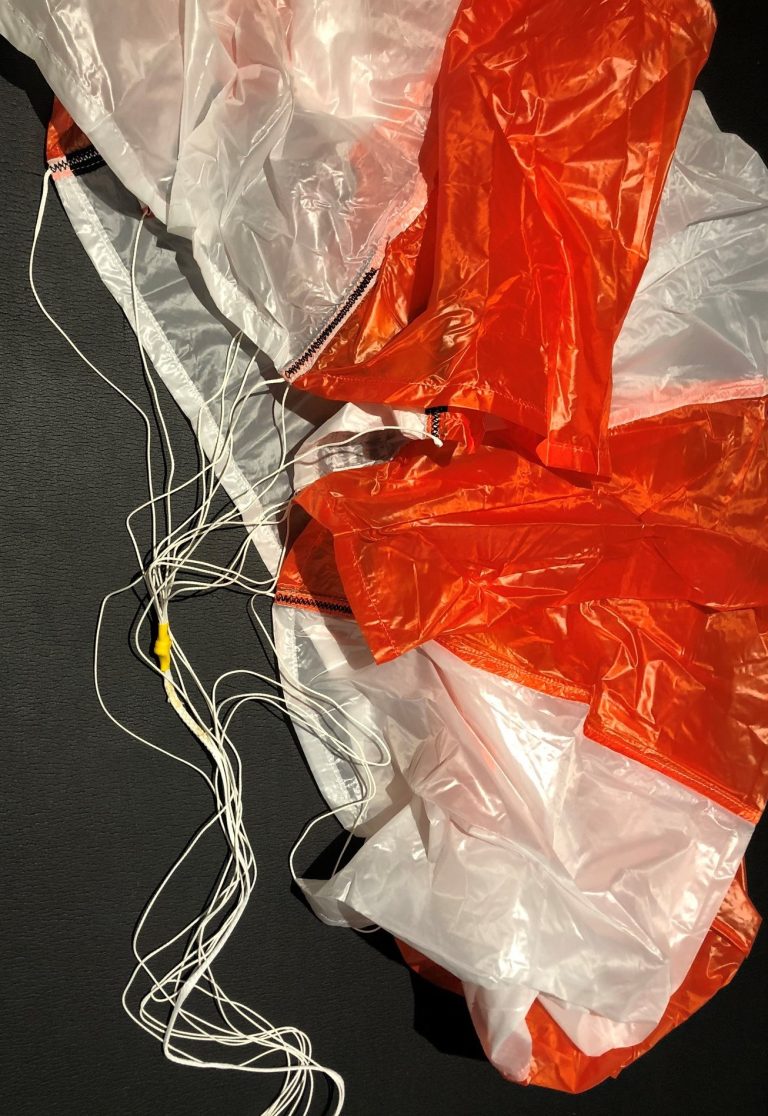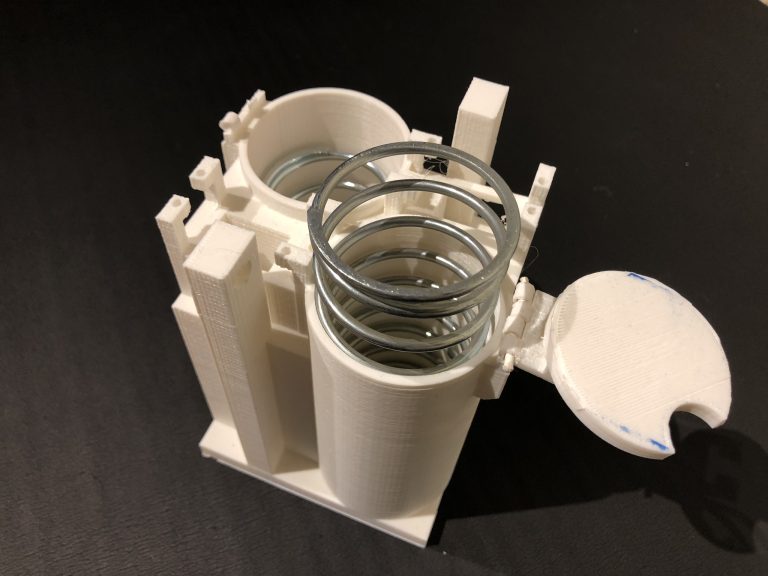


Ready To Fly
After the successful test of the Gen 1-P, we were close to finally testing the parachute system in flight. But first, we needed to collect some performance data on the FTS without the parachute system. During this flight test, we discovered that both the drop and camera systems were nonfunctional. The drop system was easily…

Pilot
The original design of the parachute system used ballistic deployment. This meant the system would use springs, CO2, or pyrotechnics to force the chute from the tube it was stored in. The main advantage of a ballistic parachute system is that the significant speed of the parachute after launch, decreases deployment time of the parachute….

Status Update
Months ago, when we began designing the parachute system, we decided to use springs to deploy the chutes. We chose springs because they are reusable and simple. We planned to spend no more then a month working on the parachute. However, after hundreds of hours of planning, designing, printing, testing, and redesigning, the spring powered…

Experimenting
The spring powered parachute system has been fraught with problems, ranging from spring power issues to a nonfunctional release mechanism. A month ago, we had to decide if we wanted to continue with a spring powered system or switch to a new power method. We decided that sticking with the spring system was the best…

Assembly
After our successes last week, we were confident that we would be ready to fly on Monday. But we had a few final tasks we had to complete before we could fly. The outer shell of the parachute test payload needed to be completed. This is the payload that we will drop from the FTS…

Setbacks (Part 3)
Part 2 here. The new receiver and servo arrived, allowing us to continue our work on the parachute system for Project Redirect. After installing these parts, we were once more ready to test. Our first test revealed new problems. Even after the upgrade, the servo still had trouble releasing. Also, the new springs made the…

Setbacks (Part 2)
Part one here We decided to try the spring powered parachute system one last time before scrapping the idea. We wanted to know if the length of the springs effects the power of the parachute system. The “power” of springs is measured in rate(lb/in). Rate is how much force (in lbs) it takes to compress…

Setbacks
This week we returned to working on the parachute system. With the new receiver, we were able to set up the release servo motors. After some testing, we realized that the servos we originally planned to use did not fit our specifications. Fortunately, we were able to repurpose some other servos we had on hand….

107
While we waited for the replacement receiver to arrive we decided to start studying for a 107 license. A 107 license is needed to operate a sUAS (small Unmanned Aircraft System) or “drone” for commercial purposes. We are unsure if this license is needed, but as it also allows greater freedom in sUAS operation we…
